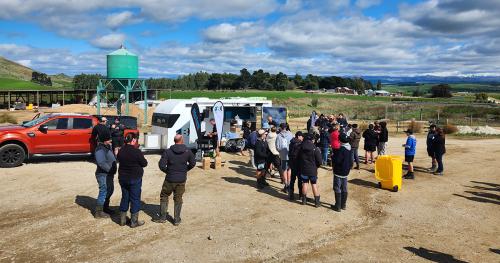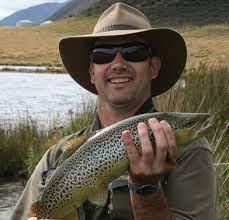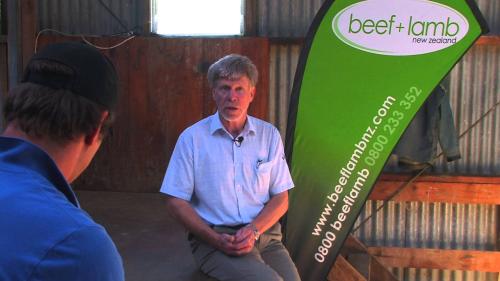Search results
Displaying 131 - 140 results of 726
- … 1 future meat how should new zealands red meat sector respond alternative … create scalable food production avoid food health crises across globe 2 shifting economic … haven been quickly easily approved safety fda equivalent whereas products involve …
- Editable PDF… freshwater action plan fw5 action location land management unit paddock priority low … completion see step 5 freshwater ecosystem health chapter more information 320 25 actionrow1 location land management unit paddockrow1 priority low …
- Editable PDF… fw4 risks opportunities freshwater ecosystem health factors contributing risk enabling … ongoing new see step 4 freshwater ecosystem health chapter more information 320 25 risks opportunities freshwater ecosystem healthrow1 factors contributing risk enabling …
- Editable PDF… results notes assessment score overall health good intermediate low factors consider … summary see step 3 freshwater ecosystem health chapter more information 320 25 … results notes assessment score overall health good intermediate low factors …
- Editable PDF… goals see step 1 freshwater ecosystem health chapter more information 320 25 … FW1 - Catchment Context and Freshwater Goals …
- VideoBody condition scoring is the best way to determine which ewes need preferential feeding to bump up their …
- News… When times get tough, rural communities rally, and that’s exactly what happened across Te Tai …

- News… to farm infrastructure, irrigators, trees and shelterbelts through Canterbury, Otago and Southland. …

- Editable PDF… waterways maintaining improving ecosystem health providing māhinga kai box below … objectives your catchment group community andor regional council has identified area … your catchment values objectives clean healthy waterways safe swimming fp32021 text1 …
- Podcast… Dave talks about facing change and adversity, and how he has learned that people are more … are shorter podcasts from Beef + Lamb New Zealand. … Dave Clouston was born and bred in the Mackenzie Country, farmed in a …

